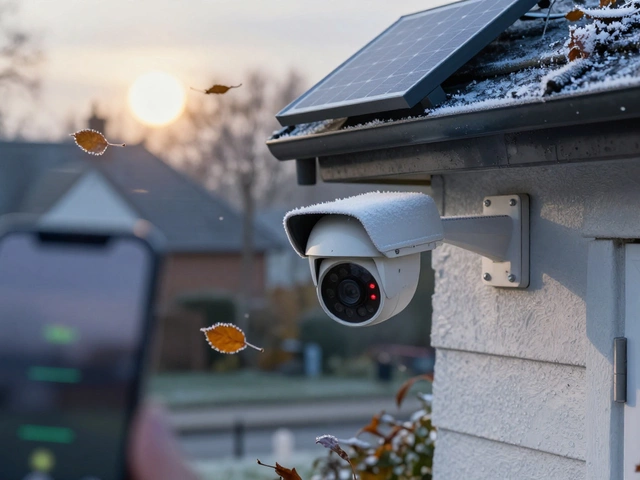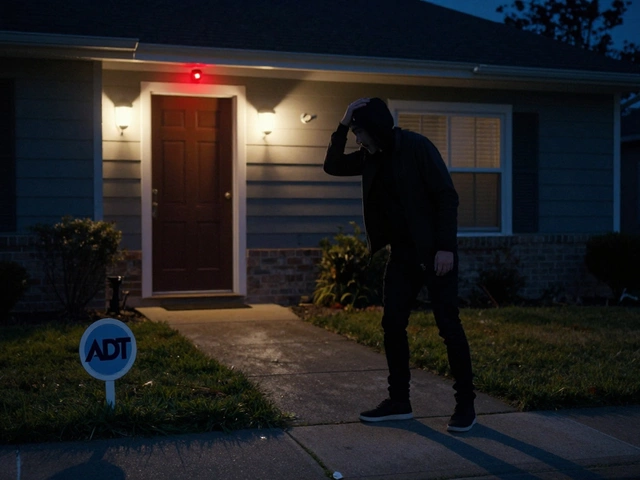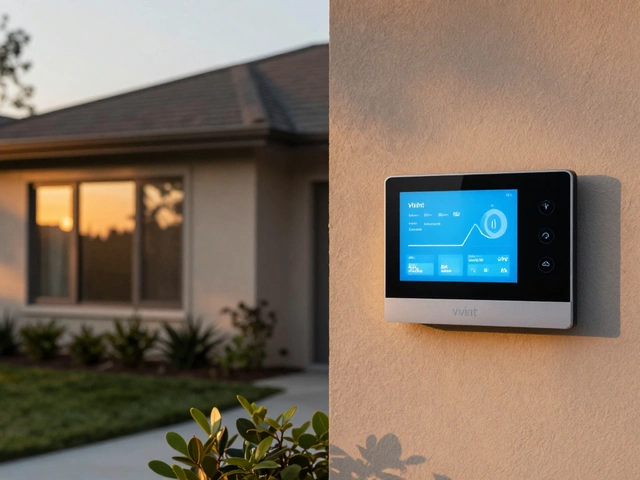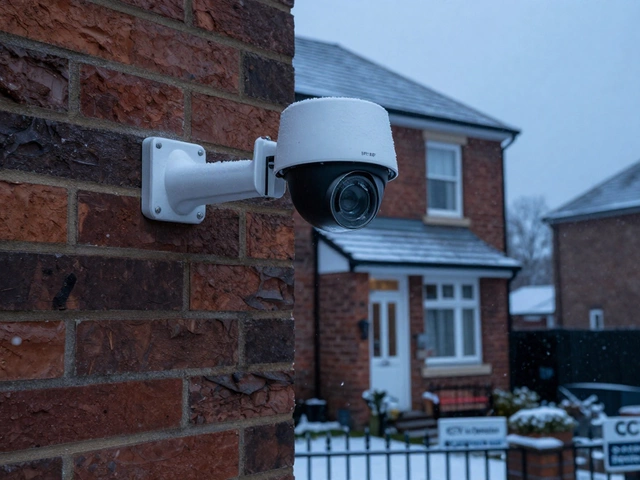LED Lifespan Basics: How Long Do LEDs Really Last?
Ever wondered why a LED bulb in your kitchen seems brand new after a few years, while another in the garage fizzles out sooner? The answer lies in a mix of design, environment, and how you use the light. Let’s break down the main factors that decide an LED’s lifespan and what you can do to get the most out of every watt.
Key Factors That Shape LED Lifespan
First off, LED lifespan isn’t a fixed number printed on the box. Manufacturers usually quote a rating like “50,000 hours,” but real‑world performance can be far lower or higher. Here’s what really matters:
- Operating Temperature: Heat is the biggest enemy. If a LED runs hotter than its design limit, the semiconductor degrades faster. Use fixtures with good heat‑sinking and avoid enclosed spaces that trap heat.
- Power Quality: Voltage spikes or frequent on/off cycles can stress the driver circuit. A stable power supply or a surge protector helps keep the LED’s electronics happy.
- Drive Current: LEDs are rated for a specific current. Over‑driving them (using a brighter, higher‑wattage bulb than the fixture allows) shortens life dramatically.
- Environment: Moisture, dust, and vibrations—especially in outdoor or industrial locations—can corrode contacts or loosen components.
- Quality of Components: Cheap LEDs often use lower‑grade phosphor and driver chips, which fail sooner. Investing in reputable brands usually pays off in longer service life.
Understanding these variables helps you set realistic expectations and choose the right LED for each job.
Practical Tips to Extend LED Life
Now that you know what kills LEDs, here are some easy steps to stretch their life:
- Install LEDs in fixtures with proper ventilation. Look for “cool‑to‑the‑touch” designs or add a small heat‑sink if the bulb runs hot.
- Avoid frequent switching. If you need light on and off often, consider using a dimmer that’s compatible with LEDs rather than a standard on/off switch.
- Choose LEDs with a good driver rating. Drivers that can handle voltage fluctuations will protect the LED chip.
- Keep the bulb clean. Dust on the lens or heatsink reduces heat dissipation, so wipe it gently with a dry cloth every few months.
- Match the LED’s wattage to the fixture’s rating. Don’t force a 15‑watt LED into a socket rated for 7 watts.
Following these habits can add years—sometimes decades—to the life of your lighting.
In summary, LED lifespan is a combination of engineering specs and how you treat the fixture. By managing heat, power quality, and environmental exposure, you’ll see those “50,000‑hour” claims come true in real life. So next time you replace a bulb, pick a quality LED, install it properly, and enjoy reliable light for years to come.
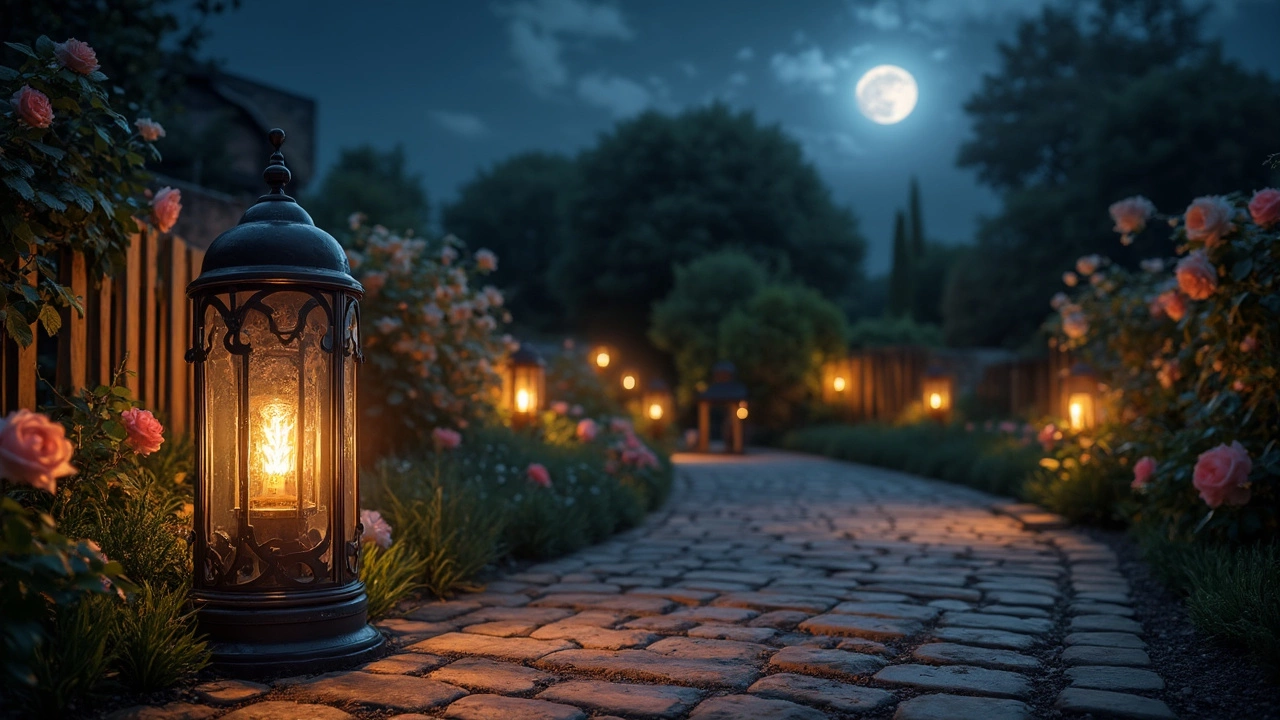
26
Mar
LEDs are a popular choice for outdoor security lighting due to their efficiency and long lifespan. Not all LEDs are created equal, and the color can play an important role in determining how long your light lasts. This article explores which color LED lasts the longest and why it matters for your security lighting needs. With tips on maximizing LED life and interesting facts about LED technology, you'll be equipped to choose the best option for your home security.


